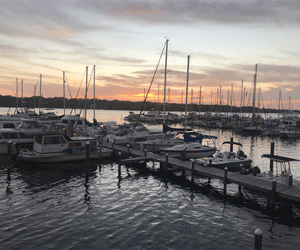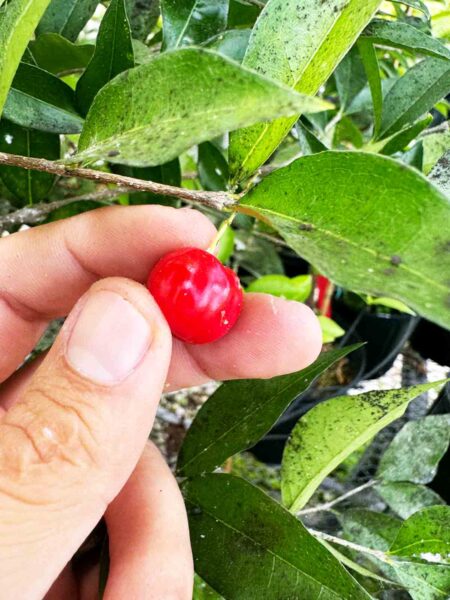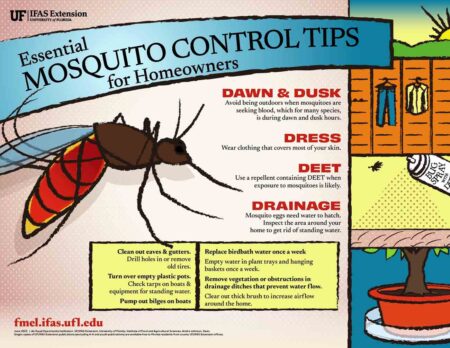Florida Yards and Neighborhoods (FYN) is an educational outreach program developed to help protect Florida’s natural resources through teaching Florida residents environmentally-friendly landscaping practices. There are nine principles used in creating a Florida-Friendly landscape.

Right Plant, Right Place involves selecting plants that best match site conditions and that require minimal amounts of water, fertilizer, pesticides, and maintenance. Preserve native plants when building on a new site. Use lawn grass where it is needed and where it serves a purpose. Plant the rest of the area with low-maintenance groundcovers and shrubs or create other porous surfaces such as a bed of mulch. Group plants according to their water and maintenance needs. Replace problem-prone plants with low maintenance species.
Water Efficiently embraces designing and maintaining a landscape, once established, that mostly can exist on rainfall for landscapes without an irrigation system. And, with an irrigation system, make sure lawn areas and plant bed areas are irrigated separately. Use drip or micro-irrigation in plant beds. Mow lawn area high to encourage a deeper, more drought-tolerant root system. Calibrate sprinkler system to apply ½ to ¾ inch of water per application and irrigate on an as-needed basis rather than by the clock or calendar. Install a rain shut-off device for in-ground irrigation systems.
Mulch entails using a 2-3-inch layer of organic mulch over tree roots and in plant beds to help retain soil moisture, to prevent erosion, and to suppress weeds. Create self-mulching areas under trees where leaves can remain as they fall. Be careful to leave a 2-inch space between the plant base and the mulch layer.
Recycle Yard Waste incorporates recycling grass clippings by allowing them to remain on the lawn. It includes use of tree leaves, including pine needles, found in your yard as mulch and use of a compost pile.
Fertilize Appropriately encourages not overusing fertilizer. Less is often best. Use natural organic or slow-release fertilizers.
Manage Pests Responsibly entails monitoring for pests, learning to identify beneficial insects, hand removal of pests and use of environmentally-friendly pesticides such as horticultural oils and insecticidal soaps.
Stormwater Runoff implies directing downspouts and gutters to drain onto the lawn, plant beds or containment areas, use of groundcovers to decrease erosion, use of swales or terracing to catch and filter stormwater and preventing fertilizers and pesticides from entering bodies of water.
Provide for Wildlife embraces landscaping to provide food, water and shelter for Florida’s diverse wildlife, including butterflies, pollinators and birds.
Protect the Waterfront means establishing a 10-30-foot “no fertilizer” zone and planting natural vegetation along bodies of water.
More info on FYN is available from the UF/IFAS Extension Office in your County or through the following link. https://ffl.ifas.ufl.edu/homeowner.htm
Larry Williams is the Extension horticulture agent with the Okaloosa County Cooperative Extension Service, University of Florida. Contact Larry at 689-5850 or email lwilliams@myokaloosa.com.






